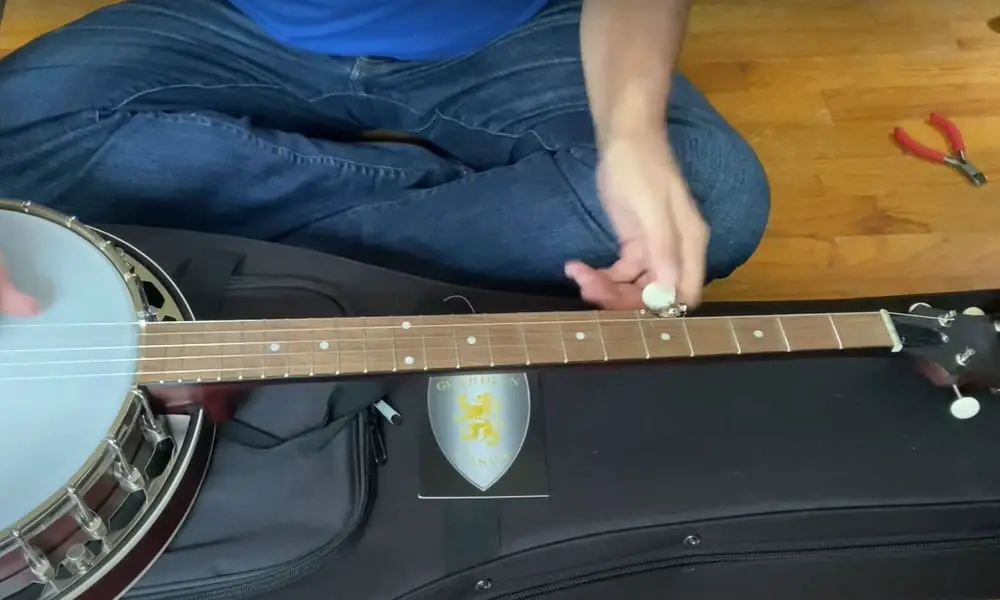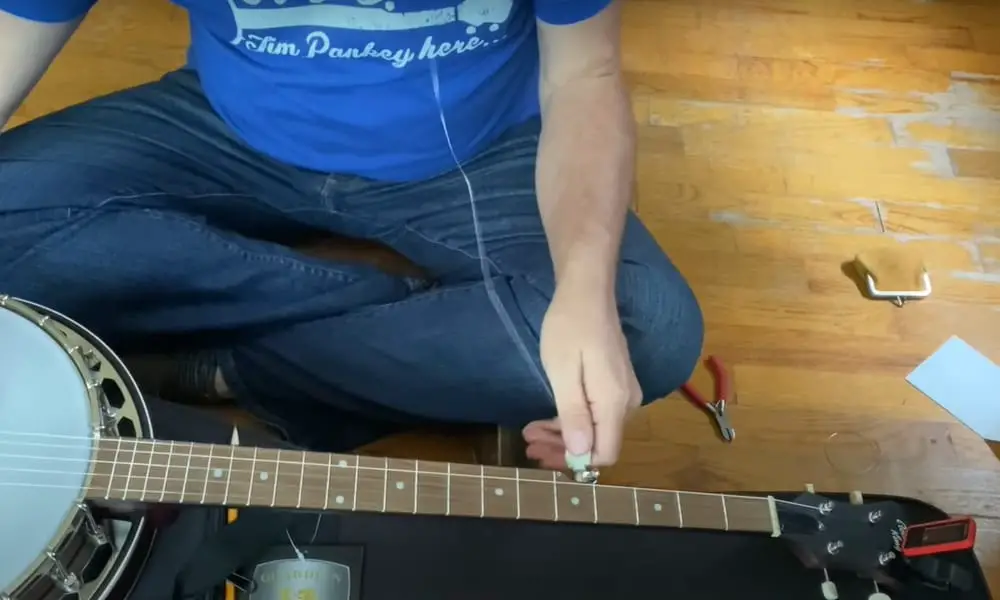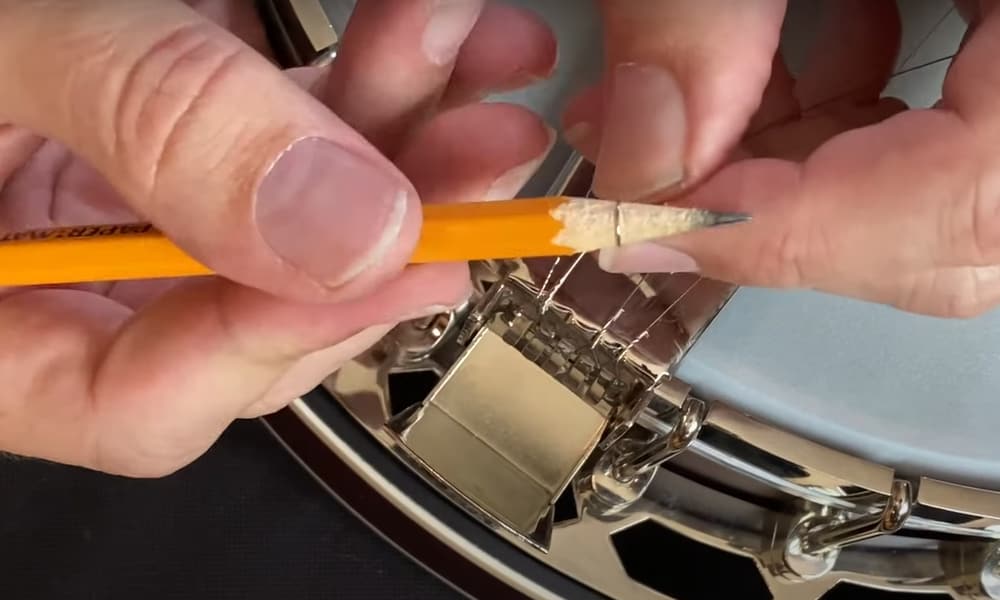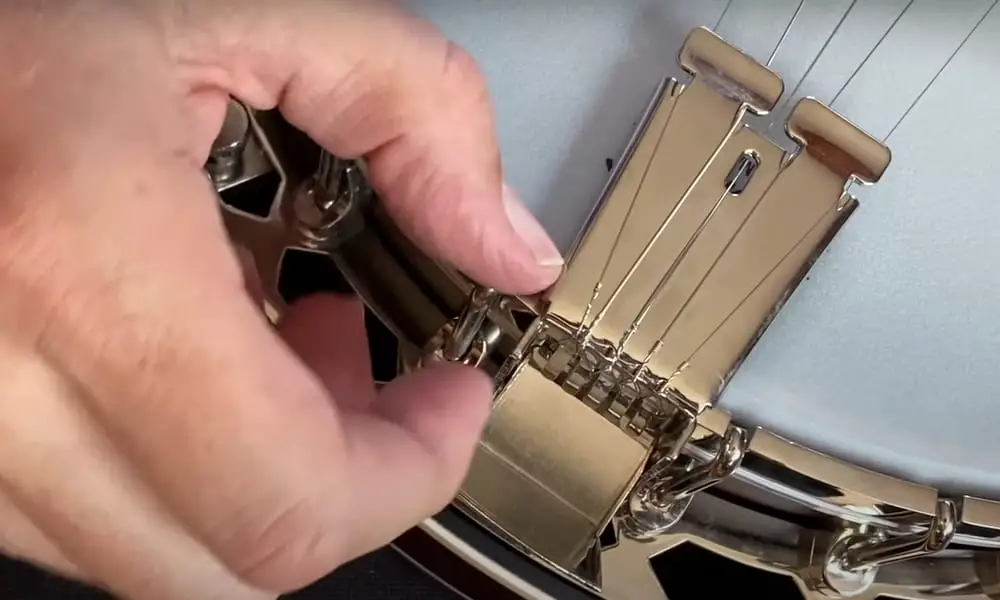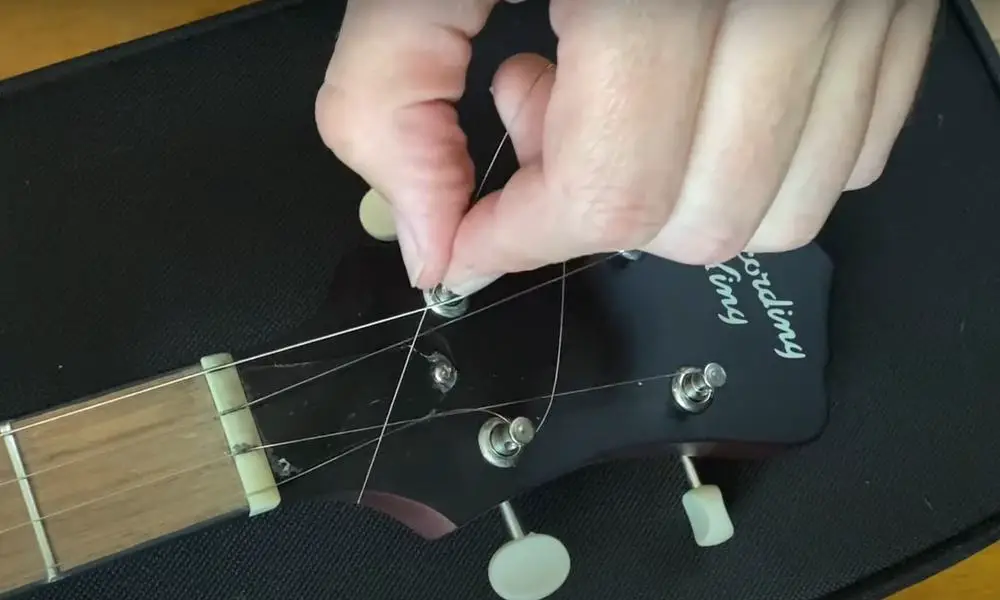Remember when you bought a new banjo and were thrilled with its sound. But over time, the sound became less clear. Over time, strings get dirty and wear out, no matter how well you care for them. In addition, worn strings do not produce the desired sound, and it’s harder for you to slide your fingers over the strings. That makes playing the musical instrument difficult. What to do? Just replace the strings to make your banjo sound as good as new. This article will be helpful for beginners in learning how to string a banjo.
Guide on How to Restring a Banjo
- Buy the same strings as are used in your banjo.
- Start changing the strings one by one, starting with the first one.
- Adjust the bridge position.
- Tension the strings with the tuning knob.
- Replace the strings at regular intervals to preserve the sound quality of your banjo.
When to change banjo strings?
It’s one of the common questions newcomers ask. There is no specific period when you have to do this. How fast the strings wear out depends on how often you use them, how you take care of your banjo, and even the climate. The fourth string usually wears out the fastest. If you’re willing to know when it’s time to replace them, you can run your fingers over all the strings and feel how they feel. When you find out that your fingers are not slipping like they used to, it’s time to buy new strings.
How to choose banjo strings?
If you’re choosing strings for the classic 5-string banjo, you may find there are 3 types of strings: soft, medium, and hard. Usually, musicians use soft strings to play the banjo. If the musician wants to strengthen the sound, he puts stiffer strings. But if you are not a banjo pro, it is best not to experiment and use the same kind of strings. First, you may find playing on a different type of string more challenging. Secondly, you must be sure that the fingerboard can withstand the tension of thick strings.
How To String a Banjo: Step-by-Step Guide
Banjo strings are made of steel or an alloy of non-ferrous metals, more rarely—of nylon. Metal strings are popular as they give the banjo a distinctive sound that has made a banjo a part of world music. The banjo’s sound is a mixture of the strings and the drum, like the rattle of a tin can. It’s resonant and muffled at the same time. But to keep the sound quality, the banjo requires care, particularly regular string changes. In this section, I’ll tell you a little about how a banjo works and how to change the strings.
How many strings on a banjo?
There are 3 types of banjo: 4-string, 5-string, and 6-string. Let’s elaborate on each option.
- 4-string banjos. This type of banjo is less common in world music. It is still used in Ireland. It is a characteristic of Irish music that is convenient to play on the 4-string banjo with a short fingerboard at 17 frets.
- 5-string banjo. Many famous musicians play their hits on this type of banjo. The fifth string made this instrument so in demand. It gives the music banjo a characteristic sound. The bluegrass style is played on the 5-string banjo.
- 6-string banjo. It is becoming increasingly popular as musicians want to add some colors to the traditional sound. The guitarists can ease into the instrument as it has 6 strings, but for beginners, the six-string banjo is more challenging to master.
When replacing the strings on your banjo, take your time to remove them all. Replace them one at a time, starting with the first string. It will help you retain the correct settings.
1. Remove old string
Start turning the peg to loosen the string. Detach it from the peg at the head of the neck and the tailpiece.
2. Insert the new string through the tailpiece
Insert the new string into the string holder. If you are not entirely comfortable doing this for some other reason, such as the loop being small or incorrectly bent, you can correct this by inserting a pencil into the loop. Or another similar tool.
3. Hook the loop end of the string on the tailpiece
Hook the end of the string onto the hook in the string holder. Pull the string gently towards the fingerboard, so the loop does not come off the hook.
4. Reposition the bridges
Often the bridges on a banjo are not fixed firmly, so they can also fall off when the strings are removed. If the bridge is in the wrong position, it can affect the banjo’s sound. Therefore, when replacing the strings, it is essential to ensure the bridge is level. To adjust the bridge, you should compare the harmonic sound on the 12th fret to the fret note. If you find the fret is somewhat fouler, shift the bridge slightly toward the string carrier. If the tone is mute, move the bridge to the side of the fingerboard.
5. Put the String through the tuner and start tuning it up
Insert the other end of the string into the tuning fork and start turning it, tightening the string. Don’t pull it too tight so you don’t tear it. You can cut off the excess length, but not too short, in case the string needs to be adjusted again. The optimum length that can be left is a quarter of the remaining tail.
When you have finished with the first string, follow the same algorithm to replace the rest.
A Few Banjo Setup Tips
A beginner’s biggest fear is taking the strings off and being unable to put them back on. Here are a couple of tips to help you avoid mistakes.
- Take your time when changing strings. This skill takes some practice, so it’s okay if the first change takes you a lot of time. Change the strings one by one without overtightening them.
- Do not experiment with strings from different manufacturers, as they may have a different sound. Above all, it can be confusing if it is your first time replacing.
- If you are unsure if you can change the strings correctly the first time, it is better to ask a professional to do it. This way, you can see what a professional does, get advice, and repeat the same steps yourself.
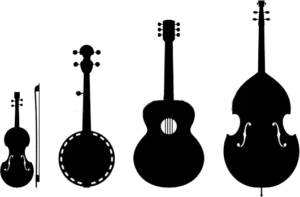
FAQ About Replacing Strings
I hope you found the information about changing the banjo’s strings useful. In this section, I’ll answer a few more popular questions.
How often should you restring a banjo?
It depends on how often you use your musical instrument. Some people may not change the strings on their banjo for months or even years. However, professional musicians do it once a month or more often to maintain a perfect sound.
How much does it cost to restring a banjo?
A string-change service can cost between $20-25 for a four-string and a five-string banjo. That does not include a set of strings, which must be paid for separately. The price of the strings price also varies, depending on the manufacturer. They can cost anywhere from $4 and up.

Change the Strings Regularly
From this article, you learned how to change banjo strings. It is a not complicated process that every beginner can do. Read the instructions carefully before changing the strings. It will be good if a specialist helps you for the first time. If you take good care of your musical instrument, it will please you with flawless music for a long time.
Share your first experience of changing strings. How often do you change the strings on your banjo?
Also read:

